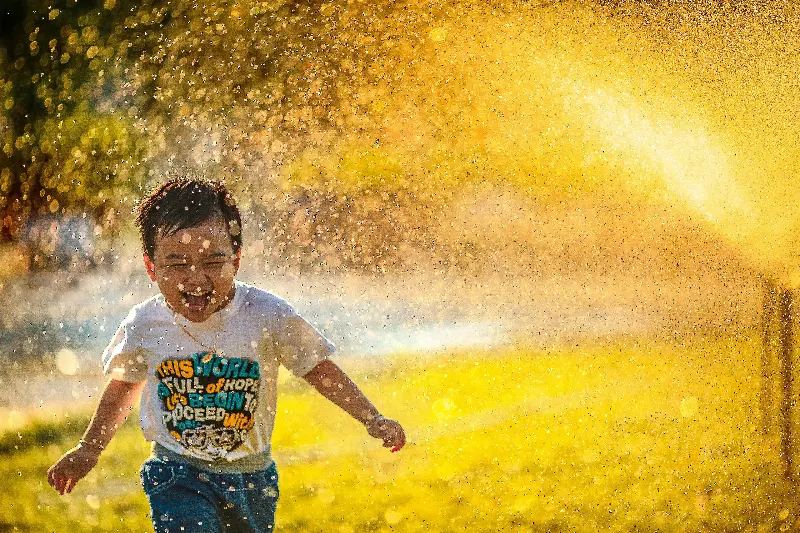
Have you ever watched a child tiptoe along a garden edge, jump from stone to stone, or balance on one leg for as long as possible? These seemingly simple bursts of play aren't just delightful; they are quietly sculpting your child's strength, balance, and coordination. Within every giggle and daring wobble lies a world of developmental magic. Scientists have found that early movement experiences greatly influence neurological wiring, making physical play not just fun but fundamental.
It’s not about becoming a future sports star; it’s about building a strong, confident body and mind, one small move at a time. The brain and body partnership grows richer every time a child twists, swings, climbs, or leaps. Hidden within these playful trials are big gains—boosts to self-esteem, resilience, and even academic performance.
Ingenious Games That Pack a Big Punch
You don’t need a gym or complex equipment to ignite this spark. Classic activities, refreshed with creativity, are ideal for every child’s abilities and every home’s limitations. Here are ideas to make movement impossible to resist:
- Animal Walks: Get on all fours to crawl like a bear, hop like a kangaroo, or waddle like a duck. These moves strengthen core muscles, improve motor planning, and spark laughter.
- Balancing Acts: Masking tape lines on the floor become tightropes for walking heel-to-toe or hopping between ‘islands’. Every wobble is a mini victory for coordination and focus.
- Pillow Obstacle Courses: Furniture, cushions, and blankets morph into mountains and tunnels, inviting children to climb, jump, and scramble—expanding muscle tone and spatial awareness.
- Freeze Dance: Bursts of dancing stitched with sudden pauses build control, rhythm, and quick reactions—plus, it’s a contagious mood booster.
- Simon Says with a Twist: Add playful commands like “balance on one foot” or “crawl backwards under the table,” sneaking core-strength skills into a beloved classic.
These tiny tasks integrate effortlessly into daily routines. With just 10 minutes here and there, those little moves become tomorrow’s mighty confidence.

Unlocking Benefits Far Beyond the Playground
Regular physical play is a powerhouse for child development. Researchers from the University of Cambridge highlight that children who participate in frequent active play tend to have:
- Greater muscular and bone strength: Protective against future injuries and vital for healthy growth.
- Sharper balance and coordination: Leading to improved sports skills and lower risk of accidents.
- Enhanced executive function: Movement challenges stimulate regions of the brain tied to attention, self-regulation, and memory.
- Better sleep and mood: Active play releases endorphins and naturally tires the body, contributing to more stable emotions and rest.
Even better, these gains thrive regardless of ability or background. Encouraging inclusive, adaptable play—where every child participates at their own pace—fosters a deep lifelong relationship with movement, self-acceptance, and joy.
Simple Ways Every Family Can Start Today
Incorporating strength, balance, and coordination-building play is easier than you might think. Try these tips to infuse your week with more movement magic:
- Make after-dinner ‘movement minutes’ a family ritual.
- Celebrate every attempt—especially the wobbly ones.
- Treat mistakes as mysteries, not mishaps: “How could we jump even further next time?”
- Let children lead—they have an instinct for turning chores into playful challenges.
The Joy of Moving Forward Together
Every hop, skip, and balance beam moment adds up to a stronger, more confident child. Physical play is more than exercise—it’s where grit, creativity, and lifelong wellbeing are quietly born. What new adventure might your family discover in the small, unplanned moments today? The next great leap could be just around the corner, waiting not for perfection, but simply for the joy of moving and growing, side by side.
